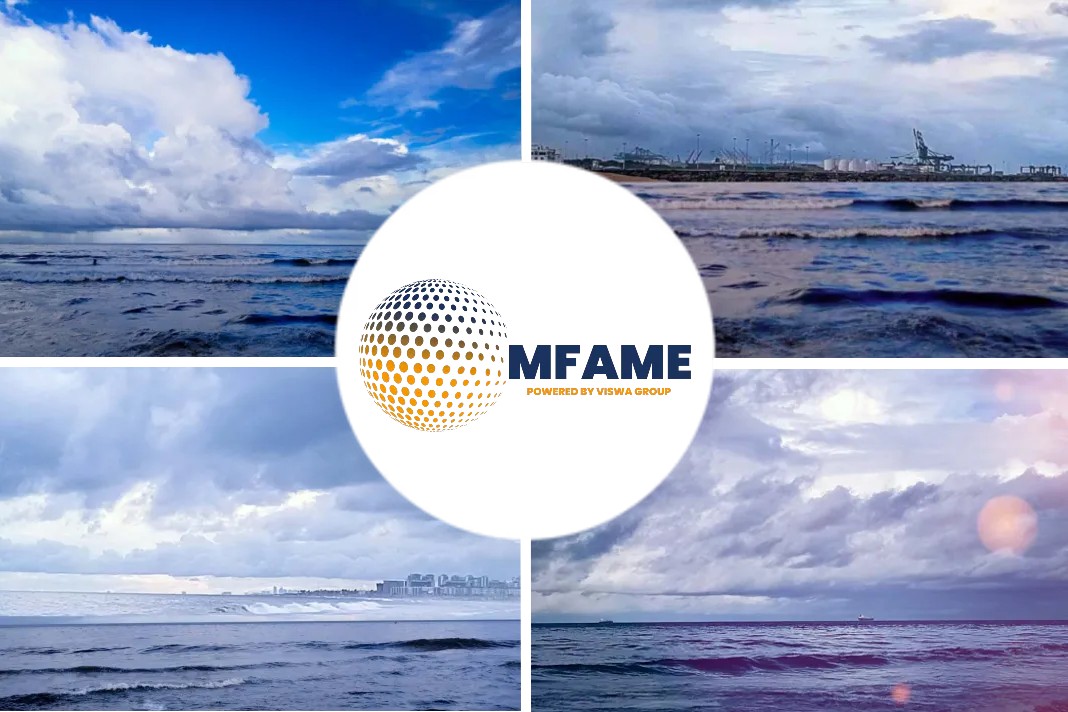- The short-term freight rate spike of October probably helped push some VLCC sales over the line.
- Rates rocketed from the low US$20,000s/day to reports of US$300,00/day or even US$420,000/day.
- VesselsValue’s fixed age matrix estimated five-year-old VLCCs at US$70M and 10-year-olds at US$45M.
- Only 18 VLCCs have been ordered in 2019, and the orderbook has fallen to 10% of the current fleet.
According to ana article published in Riviera Maritime Media, the short-term freight rate spike of October probably helped push some VLCC sales over the line but uncertainty over propulsion technology is slowing VLCC newbuilding orders.
Once in a lifetime opportunity
A once in a lifetime spike in tanker rates occurred in September and October. Driven by a perceived or real shortage of VLCCs unsullied by connection to the Chinese companies and people on the US OFAC sanctions list, charterers scrambled for tonnage. Rates rocketed from the low US$20,000s/day to reports of US$300,00/day or even US$420,000/day in one case. These extraordinary freight rates failed to materialize, the fixtures failing before being confirmed. But freight rates plateaued at a US$100,000/day, lifting VLCC values and cascaded down through the sectors.
Fixed age matrix five-year-old VLCCs
On 1 September 2019, VesselsValue’s fixed age matrix estimated five-year-old VLCCs at US$70M and 10-year-olds at US$45M. By early November, the values had risen to US$76.5M for a five-year-old VLCC and US$52M for the 10-year-old fixed age version.
Buying cheap (below the median value) and selling high is the basic rule and in this respect Ridgebury Tankers may have completed the VLCC S&P deal of the year, having sold three VLCCs to an unnamed Singapore buyer. Of course, such a deal would have been weeks, if not months in the making, but the spike in rates would have sealed the deal. Ridgebury Tankers sold three VLCCs: Ridgebury Artois (298,330 dwt, built 2001, Hitachi Zosen Ariake); Ridgebury Utah (299,498 dwt, built 2001, Daewoo); and Ridgebury Utik (299,450 dwt, built 2001, DSME), for US$98M or approximately US$33M apiece. The trio was purchased just under three years ago for US$22M each.
Equatorial Marine Fuel Management Services
Other VLCC sales included the former Bahri-operated 1996-built Hawtah, which was sold to Singapore-based bunker fuel supplier and trader Equatorial Marine Fuel Management Services (EMFMS). Under the new name Em Vitality, the Japanese-built VLCC has joined the EMFMS fleet to undertake a storage role and joins the growing brigade of VLCCs and Suezmax tankers stationed off Malaysia active in IMO 2020 fuel storage and cargo transfers.
On the newbuilding front, two VLCCs were ordered, one in September and one in October. The buyer of the September-ordered VLCC has not been disclosed, but the vessel will be built at Hyundai HI. The second VLCC has been ordered by Evalend Shipping of Greece. This brings the number of VLCCs newbuildings assigned to the Kriton Lentoudis-led company to four. All are on order at Hyundai Samho. The price reported for the latest VLCC is US$94M.
Slow filing of orderbooks
After the initial flurry of VLCC orders in January, the orderbook has been slow to fill this year. Only 18 VLCCs have been ordered in 2019, and the orderbook has fallen to 10% of the current fleet. Will the freight rate rise lead to an increase in VLCC orders at high prices? Probably not. There is too much uncertainty ahead and IMO is the cause.
On 13 April 2018, MEPC 72 adopted resolution MEPC.304(72) on Initial IMO Strategy on the reduction of GHG emissions from ships to reduce CO2 emissions per transport work, as an average across international shipping, by at least 40% by 2030, pursuing efforts towards 70% by 2050, compared to 2008. The 2030 date is the most important for a VLCC operator. Current VLCCs have a 25-year life, which means that if an owner or operator is intending to operate (or sell on) the vessel for 25 years, then when built-in 2025 it needs to have the technology or potential to achieve a 40% reduction in CO2 emissions compared to 2008. This is a very tall order. Will there be the technology to achieve this in time for 2025 newbuilding orders? Will VLCCs ordered before 2025 be competitive with their 40% CO2 reduction peers?
Shrinkage of competitive shipyards
Another issue on the horizon for all large tanker operators is the impending shrinkage of competition among the shipyards. In South Korea, Hyundai HI, Hyundai Mipo and Daewoo are moving closer together and in China, the merger of China’s China State Shipbuilding Corp and China Shipbuilding Industry Corp will probably result in the rationalization of vessel type on a yard-by-yard basis.
Tanker technology is one of the topics under discussion at the Tanker Shipping & Trade Conference, Exhibition and Awards to be held in London in November.
Did you subscribe to our daily newsletter?
It’s Free! Click here to Subscribe!
Source: RivieraMaritimeMedia






















